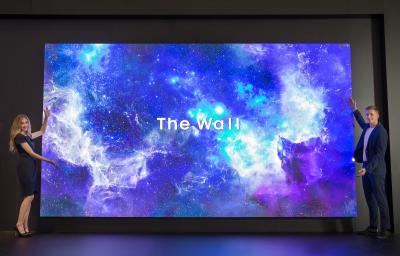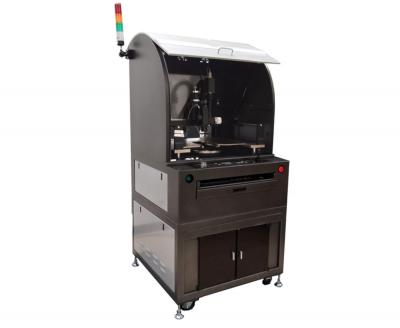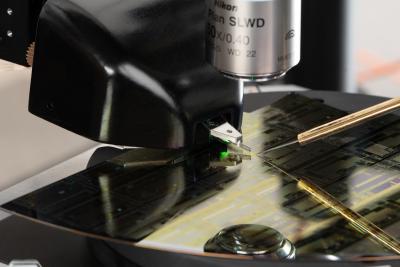This post was sponsored and authored by Radiant Vision Systems, LLC
Introduction
Emissive OLED, microLED (uLED), and miniLED are emerging as the next wave of technology in the display market. This is exciting because these displays promise improved display performance and visual appearance with greater efficiency than other display technologies, thanks to their individually emitting pixel elements. Both OLEDs and microLEDs have superior contrast ratios and sharper images with deeper blacks and more vibrant colors than traditional LCDs. These emissive displays require no backlight, resulting in thinner, lighter-weight displays that use less electricity. OLEDs also bring a dramatic boost in responsiveness, about 1,000 times faster than existing technologies, virtually eliminating blur on fast-moving and 3D video. MicroLEDs match OLED technology for response time and view-angle performance, but exceed OLED in brightness and ruggedness, with even lower power consumption.

Figure 1 - The 219-inch microLED display The Wall by Samsung, shown at IFA 2019, September 6-11 in Berlin, Germany. (Source: Samsung)1
As manufacturers work to launch commercially viable emissive display products, high costs due to material prices and manufacturing yield issues have hindered widespread technology adoption most dramatically in large-format implementations, as they drive up end-customer prices. The smartphone market has been the most successful segment for OLED technology to date and will likely be the catalyst that drives long-term adoption of OLEDs and microLEDs for other applications. Display Supply Chain Consultants (DSCC) cites smartphones as the dominant OLED market, accounting for around 91% of units per year with revenue share around 79% by 20222. Yole Developpement (Yole) projects a similar trend for microLEDs, with a longer ramp up period, and a market reaching up to 330 million units by 20253. With this type of growth in demand, improvements in manufacturing efficiency are needed.






